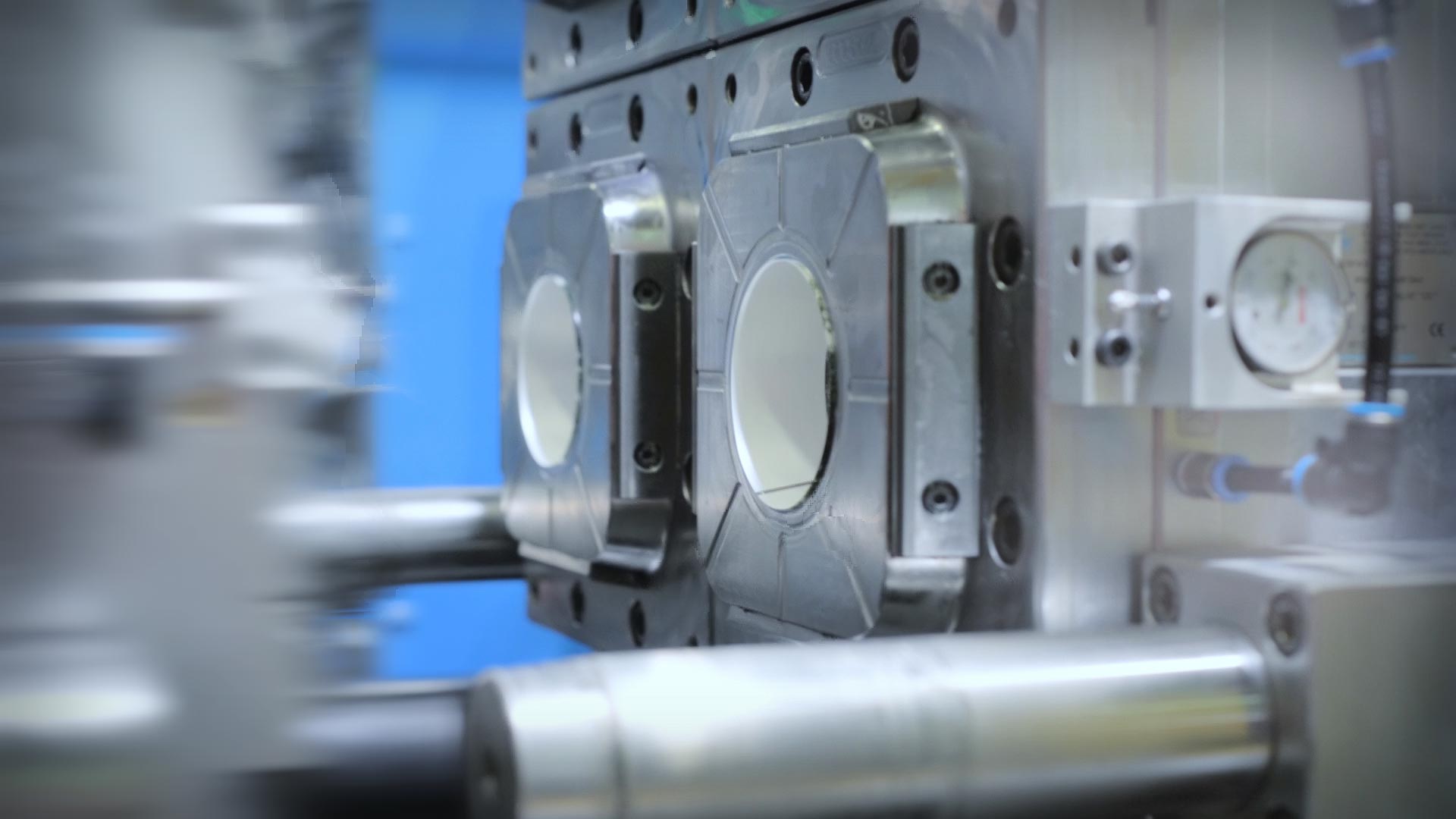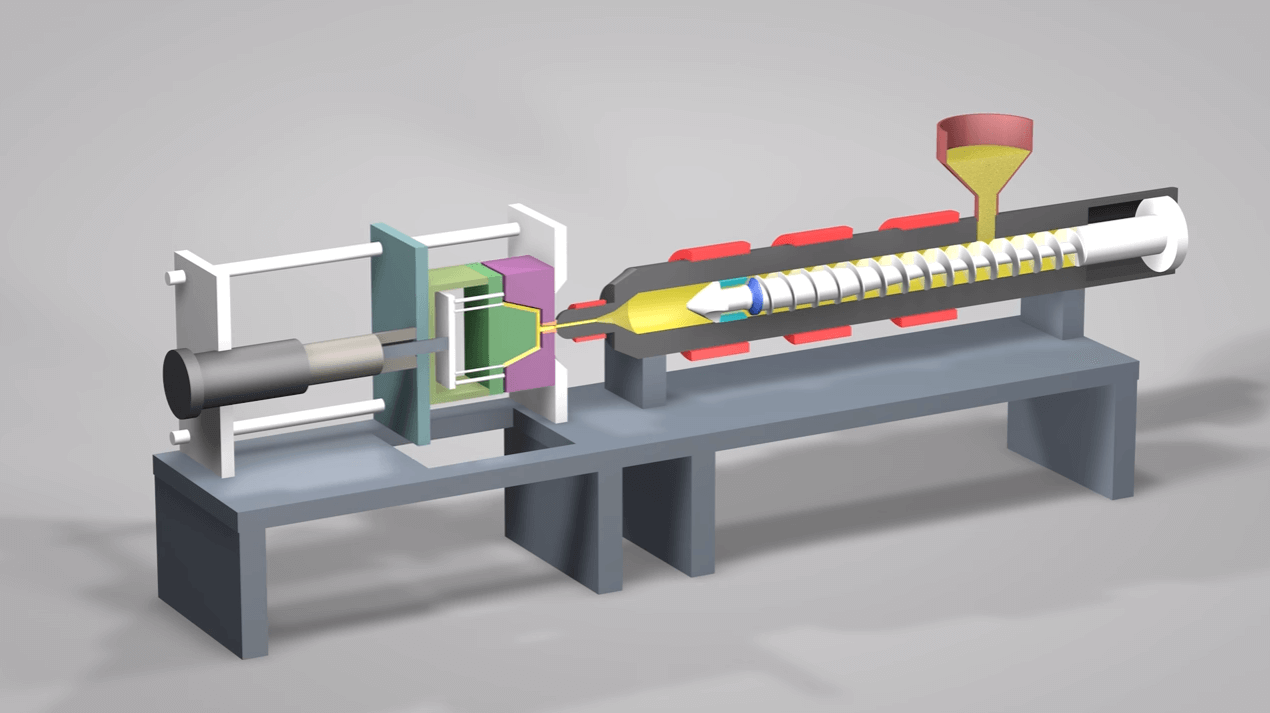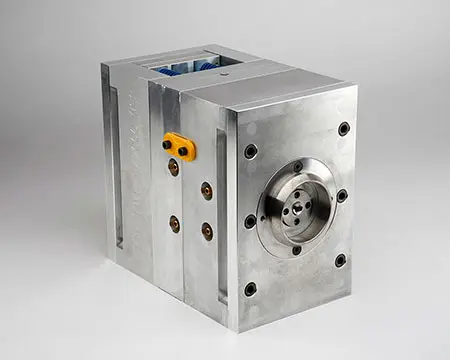The Role of Plastic Injection Molding in Developing Affordable Industrial Parts
The Role of Plastic Injection Molding in Developing Affordable Industrial Parts
Blog Article
The Future of Plastic Shot Molding: Patterns and Developments to Enjoy
As the plastic shot molding market develops, a number of key patterns are emerging that promise to improve its landscape. Automation and wise manufacturing methods are established to enhance efficiency, while the shift in the direction of lasting products mirrors a growing environmental consciousness. Innovations in 3D printing are paving the method for extraordinary design versatility. These developments likewise bring forth challenges that require mindful factor to consider. Comprehending how these aspects will certainly connect and influence future techniques is critical for stakeholders aiming to navigate this transformative duration successfully.
Automation and Smart Manufacturing
As the plastic shot molding industry advances, automation and clever manufacturing are taking center phase, reinventing manufacturing processes - Plastic Injection Molding. The combination of sophisticated innovations such as robotics, IoT (Web of Things), and expert system is enabling suppliers to improve performance, reduce functional prices, and boost product top quality. Automated systems simplify operations, minimizing manual intervention and boosting throughput, which is crucial in meeting the rising need for fast production cycles
Smart making innovations assist in real-time monitoring and information evaluation, permitting companies to optimize equipment performance and predict upkeep needs. This aggressive technique not just minimizes downtime but likewise expands the life-span of devices. The usage of collective robots, or cobots, enhances the adaptability of manufacturing lines, making it possible for employees and equipments to operate side by side securely and effectively.
The fostering of automation in plastic shot molding is not merely a fad yet a strategic vital for businesses aiming to stay competitive in a worldwide market. By harnessing these modern technologies, manufacturers can attain higher precision, reduce waste, and adapt promptly to changing consumer demands, placing themselves for lasting development in an increasingly automated future.
Lasting Materials and Practices
The press towards automation and smart production has led the way for a better focus on lasting materials and methods within the plastic shot molding sector. Firms are increasingly seeking environmentally friendly alternatives to standard petroleum-based plastics, causing the adoption of bio-based and recycled materials. These lasting materials not only decrease ecological influence however likewise align with customer demand for greener products.

Moreover, cooperation between producers, product distributors, and environmental organizations is fostering advancement in the growth of lasting products that fulfill efficiency standards without jeopardizing quality. As guidelines around plastic usage come to be stricter, the industry is poised to adjust by welcoming these lasting approaches, making sure long-term feasibility and reducing reliance on non-renewable resources. The assimilation of sustainability right into plastic injection molding is not simply a trend; it is becoming a crucial part of company obligation and operational quality.
Developments in 3D Printing
Recent improvements in 3D printing technology are significantly changing the landscape of plastic injection molding. The combination of additive manufacturing procedures permits the quick prototyping of complicated geometries that were impossible or once difficult to achieve through standard techniques - Plastic Injection Molding. here This ability not only accelerates item development cycles but additionally reduces product waste, straightening with the growing need for lasting manufacturing methods
Moreover, the introduction of crossbreed production methods, which combine 3D printing and shot molding, offers makers the capability to produce elaborate designs while maintaining the efficiency of mass production. This strategy makes it possible for the manufacturing of tailored components tailored to details customer needs without sacrificing the rate and scalability that injection molding supplies.
In addition, developments in materials, such as high-performance polymers and compounds especially made for 3D printing, are boosting the functional capabilities of published parts. These materials can withstand greater stress and exhibit official statement enhanced thermal properties, making them appropriate for more demanding applications.
As 3D printing remains to evolve, its assimilation into plastic shot molding processes guarantees to boost productivity, reduce costs, and foster advancement in product style, placing suppliers to better meet the difficulties of an open market.
Information Analytics and IoT Combination
Data analytics and the assimilation of the Net of Things (IoT) are transforming plastic injection molding by giving producers with extraordinary understandings into their operations. By leveraging real-time information gathered from interconnected makers and sensors, producers can check efficiency metrics, identify ineffectiveness, and maximize manufacturing procedures. This data-driven strategy helps with anticipating upkeep, minimizing downtime and expanding devices lifespan.
Furthermore, IoT assimilation allows for boosted quality control. By continually tracking variables such as pressure, cycle, and temperature times, suppliers can quickly detect variances from developed parameters and make modifications in real time. This not just improves product consistency but additionally decreases waste and scrap prices.
The blend of data analytics and IoT technologies likewise encourages producers to adopt more nimble manufacturing strategies. With access to detailed data analytics, companies can reply to market demands with higher flexibility, adjusting production routines and configurations as required. This adaptability is important in a swiftly transforming production landscape.

Customization and Style Versatility
Exactly how can customization and style adaptability enhance the competitiveness of plastic shot molding? In a progressively varied market, the ability to use customized services is vital. Customization enables makers to satisfy specific customer demands, suiting unique dimensions, shapes, and capabilities that common products may not fulfill. This adaptability not only promotes client loyalty however also opens up methods for brand-new service opportunities throughout different sectors, from auto to durable goods.
Advancements in style modern technologies, such as computer-aided design (CAD) and rapid prototyping, additional bolster this trend. These devices make it possible for designers to produce complicated geometries and complex patterns, which can be perfectly integrated into the manufacturing procedure. As an outcome, suppliers can react swiftly to altering customer preferences and linked here market needs.
Moreover, the implementation of modular tooling systems enhances design adaptability, allowing for quicker changes in between different product layouts without substantial downtime. This flexibility can cause decreased lead times and reduced manufacturing prices, making business much more dexterous and competitive. Eventually, embracing modification and design versatility in plastic injection molding not just boosts item offerings however also strengthens market positioning in an ever-evolving landscape.
Verdict
The future of plastic shot molding is defined by substantial developments in automation, lasting techniques, and ingenious materials. The assimilation of IoT and data analytics will certainly improve functional performance and predictive upkeep. Furthermore, the adoption of bio-based and recycled products, alongside development in 3D printing, will certainly cultivate sustainability within the industry. Customization via modular tooling and quick prototyping will certainly allow producers to stay affordable and receptive to the dynamic needs of the marketplace.

The future of plastic injection molding is characterized by substantial developments in automation, lasting practices, and ingenious materials.
Report this page